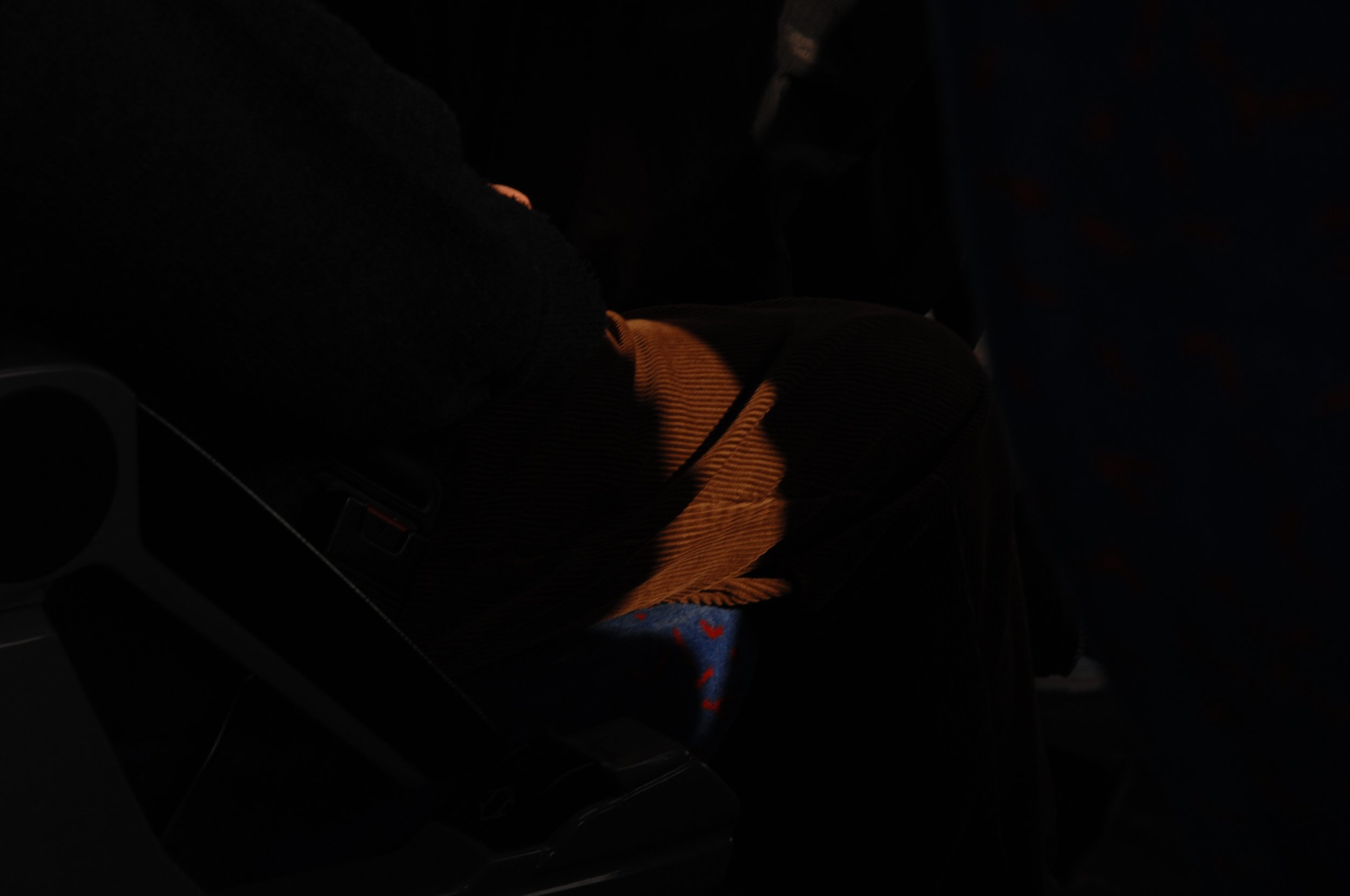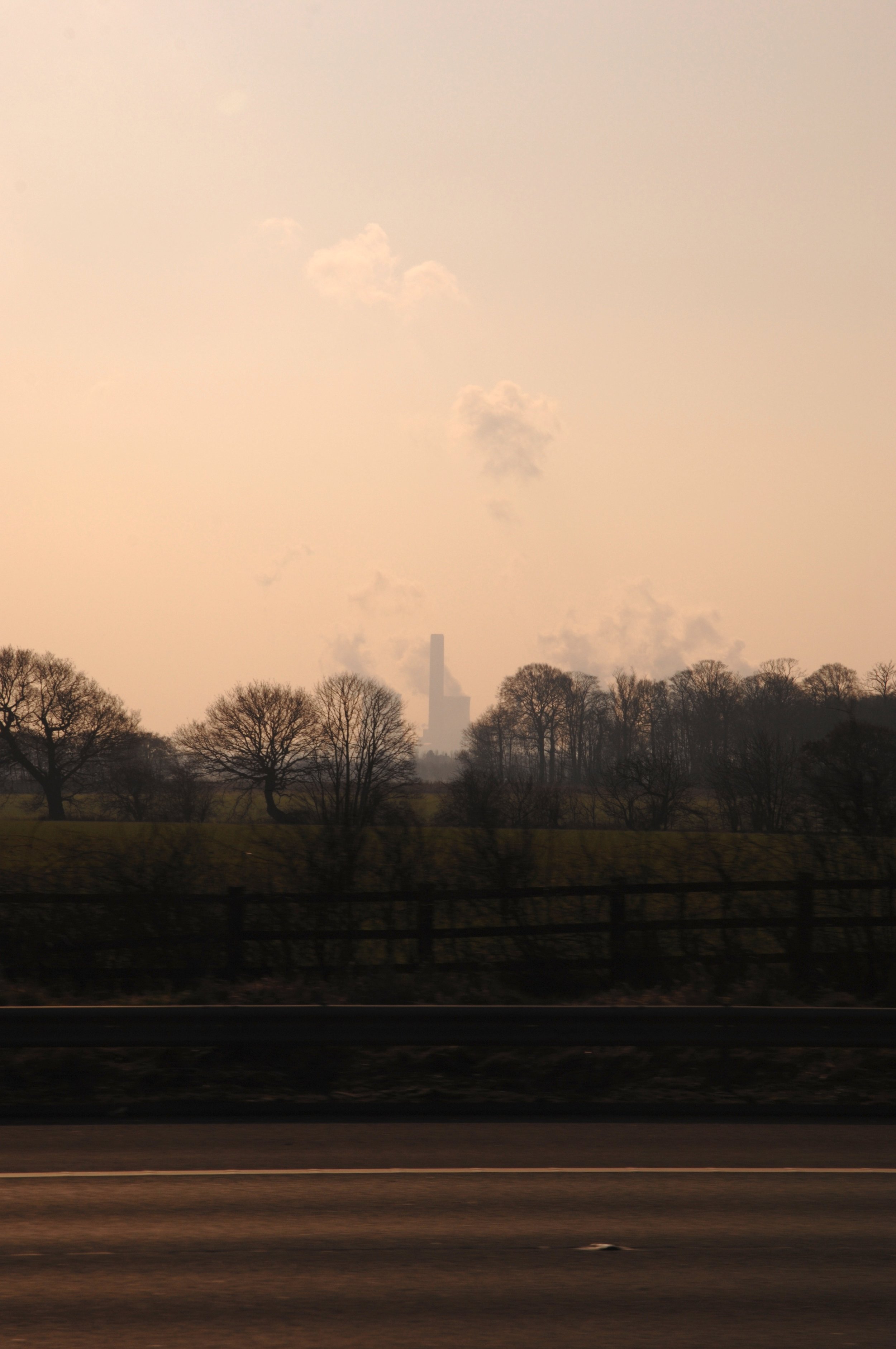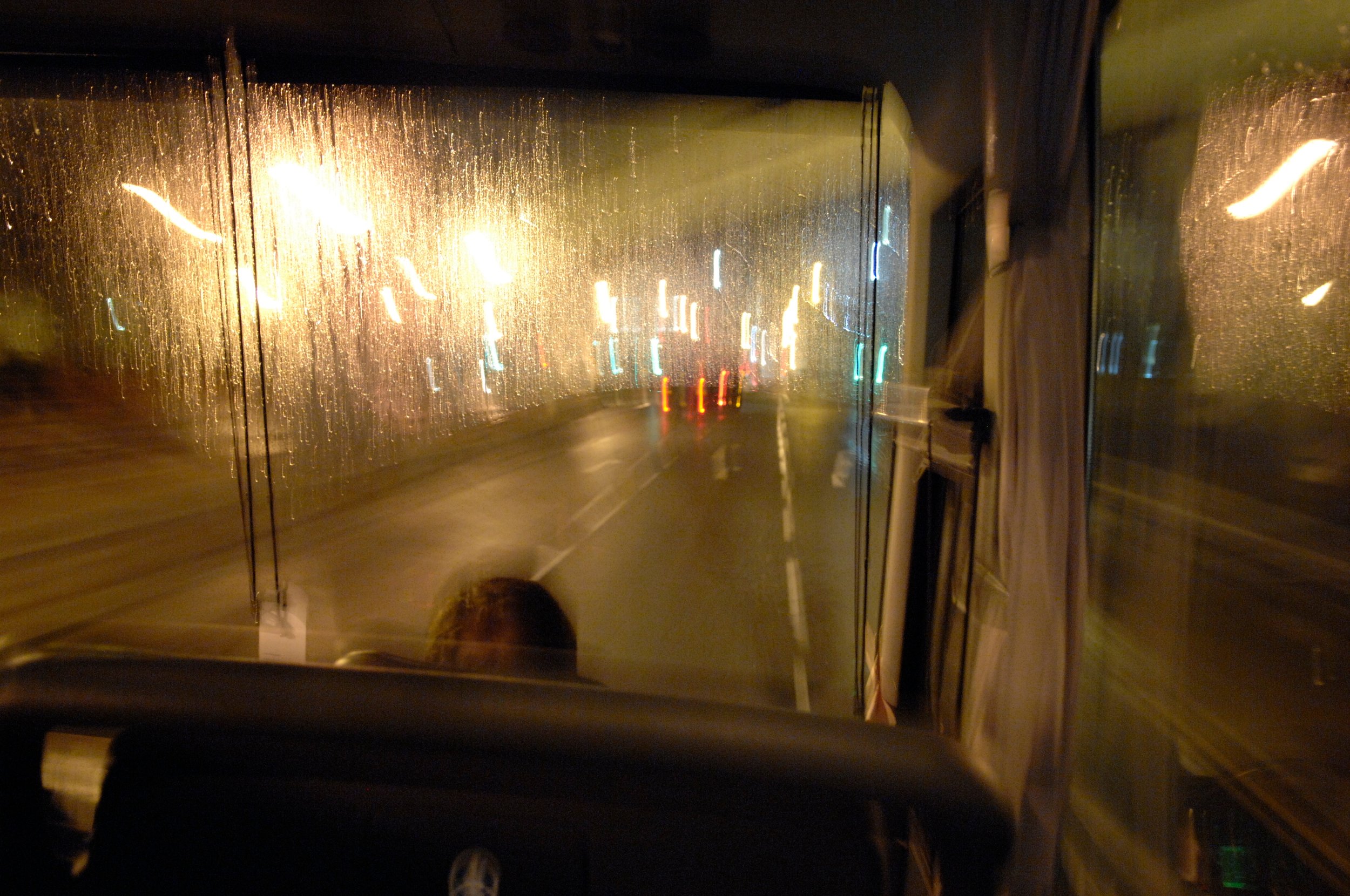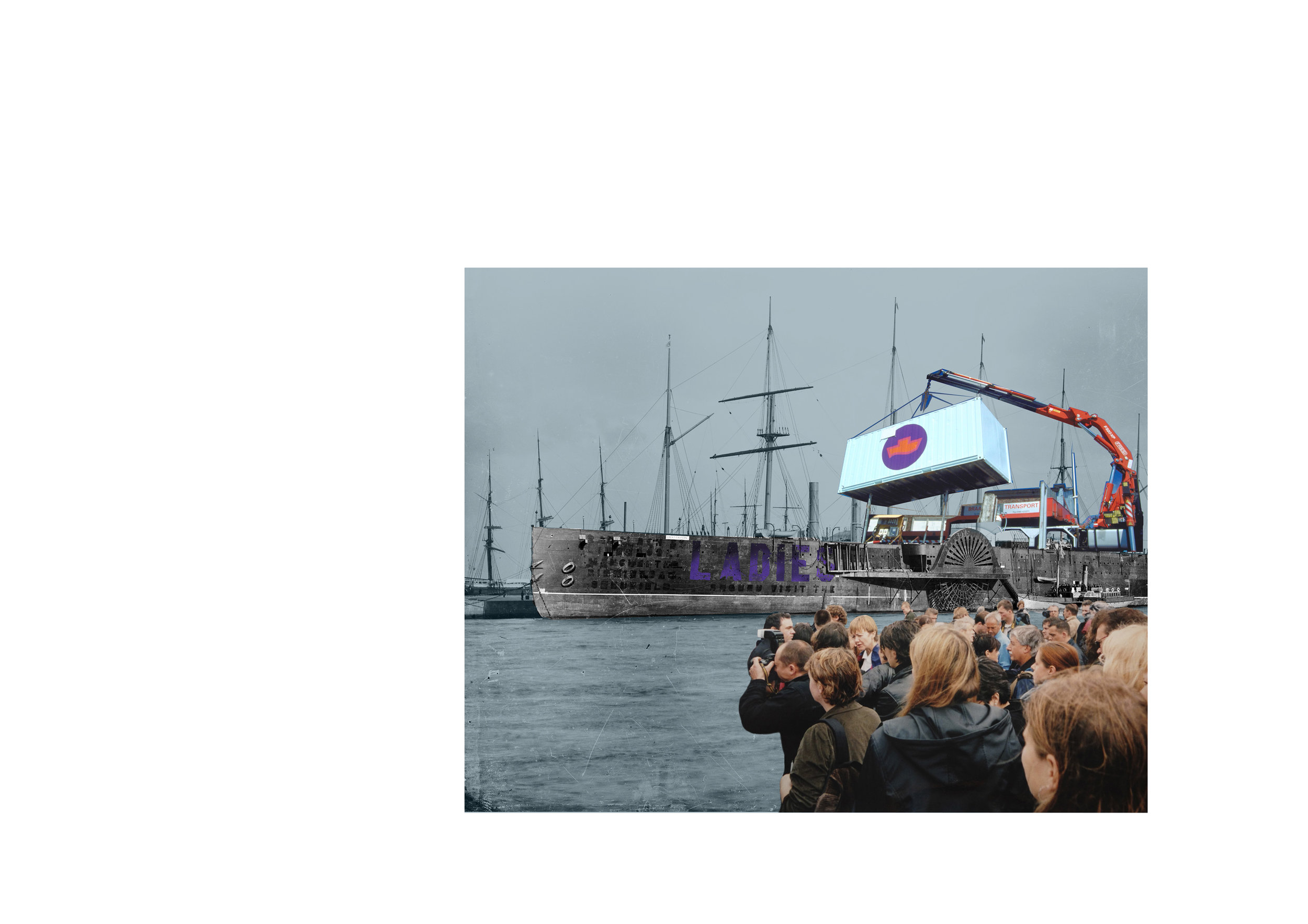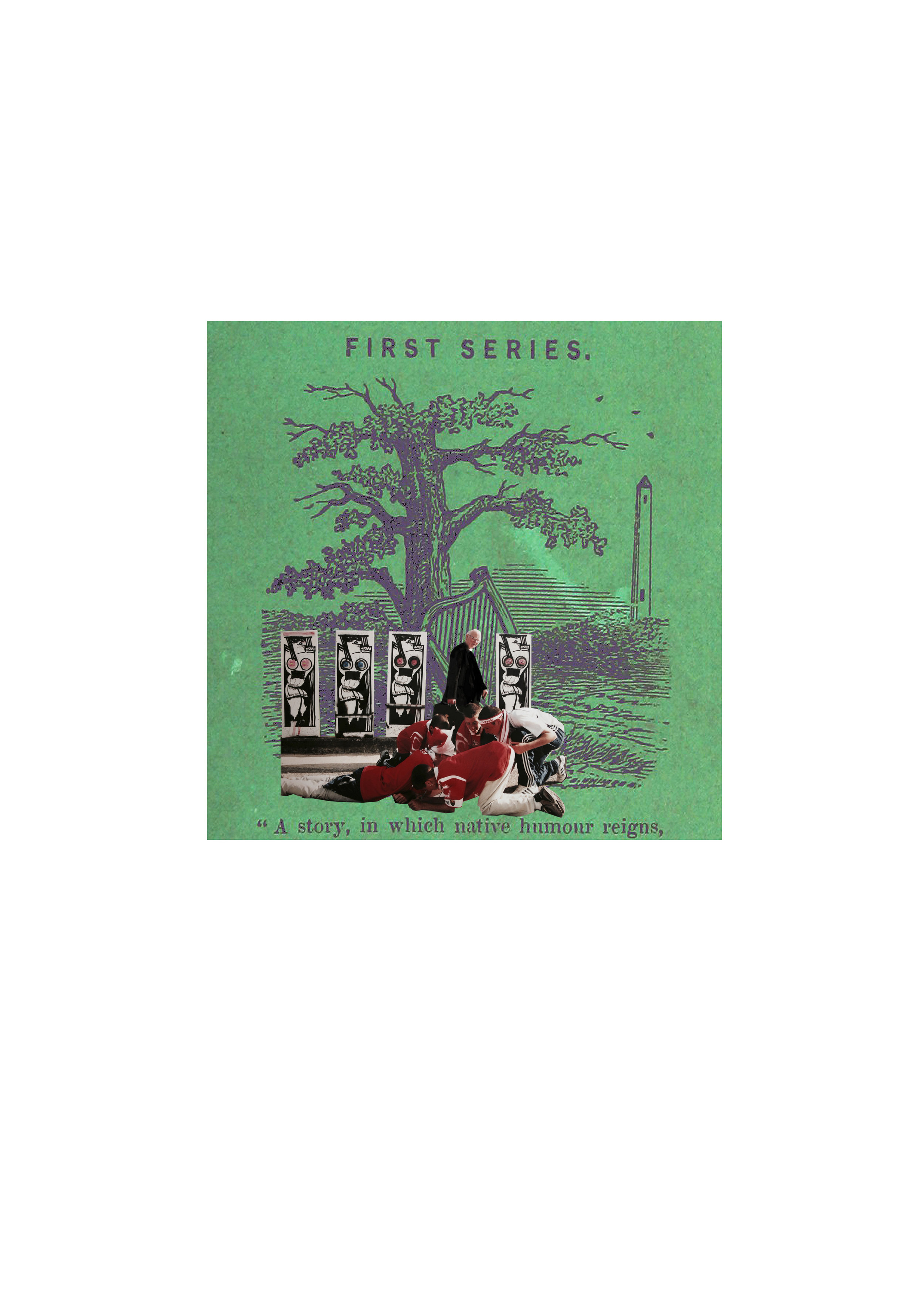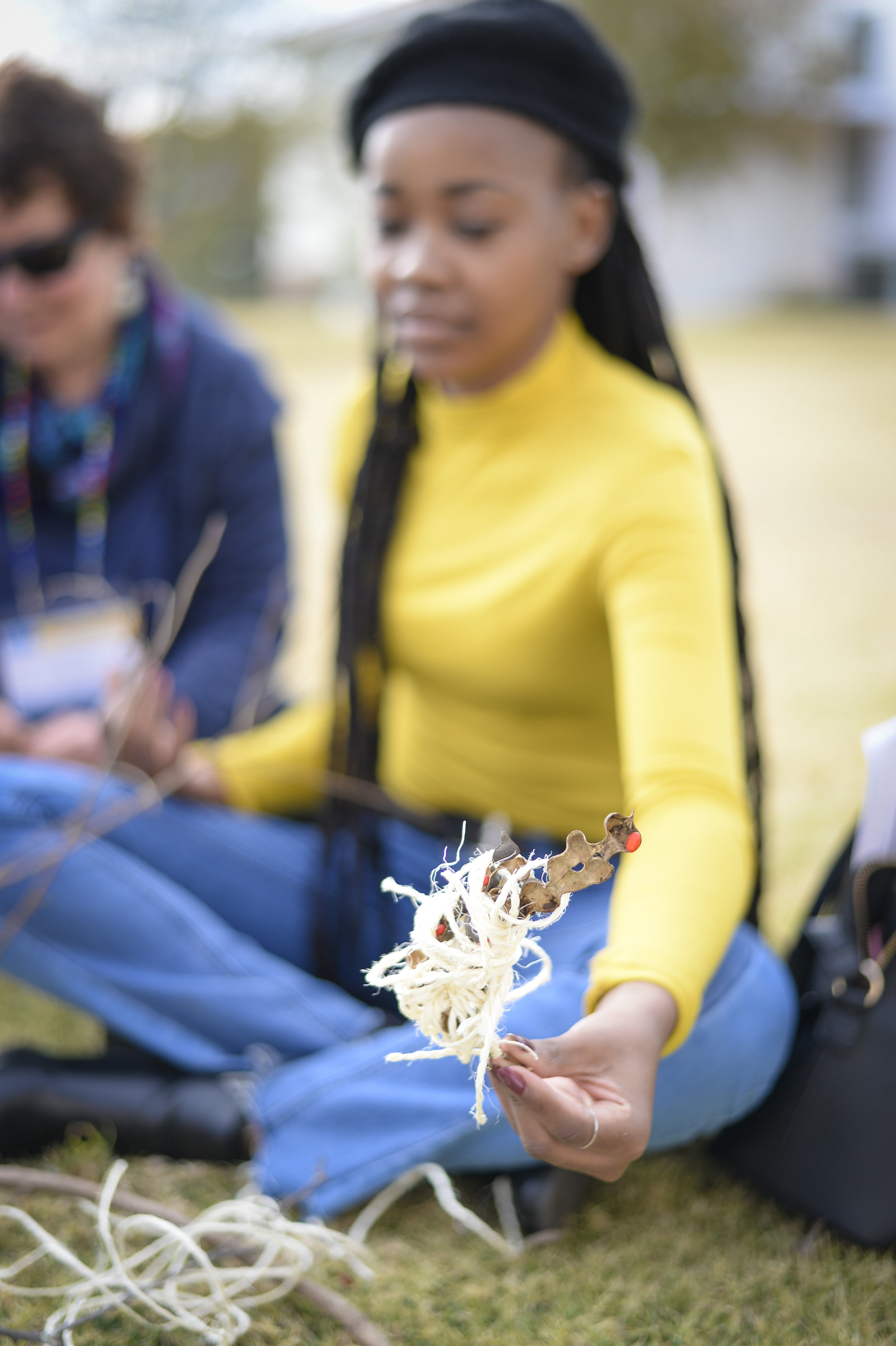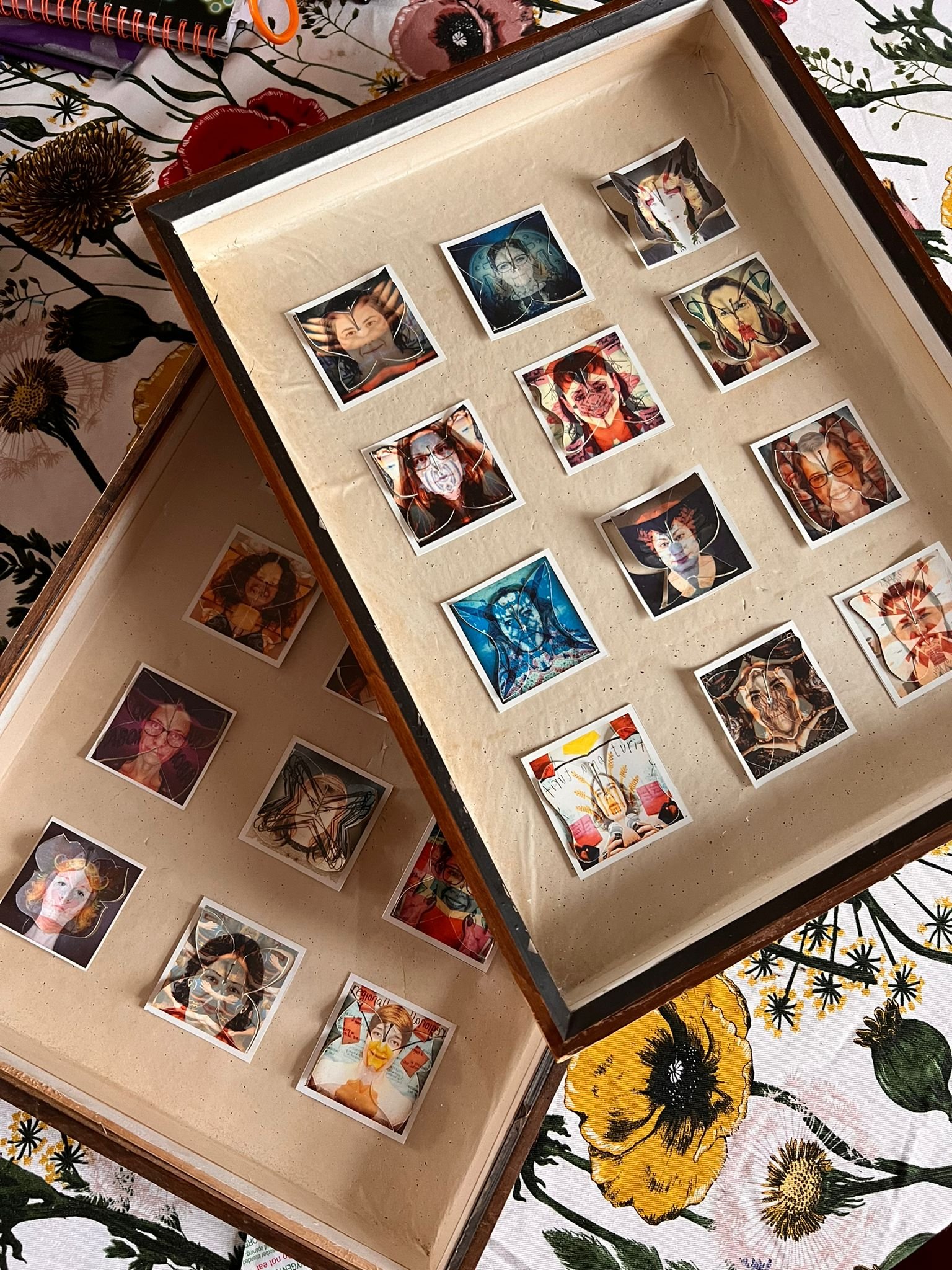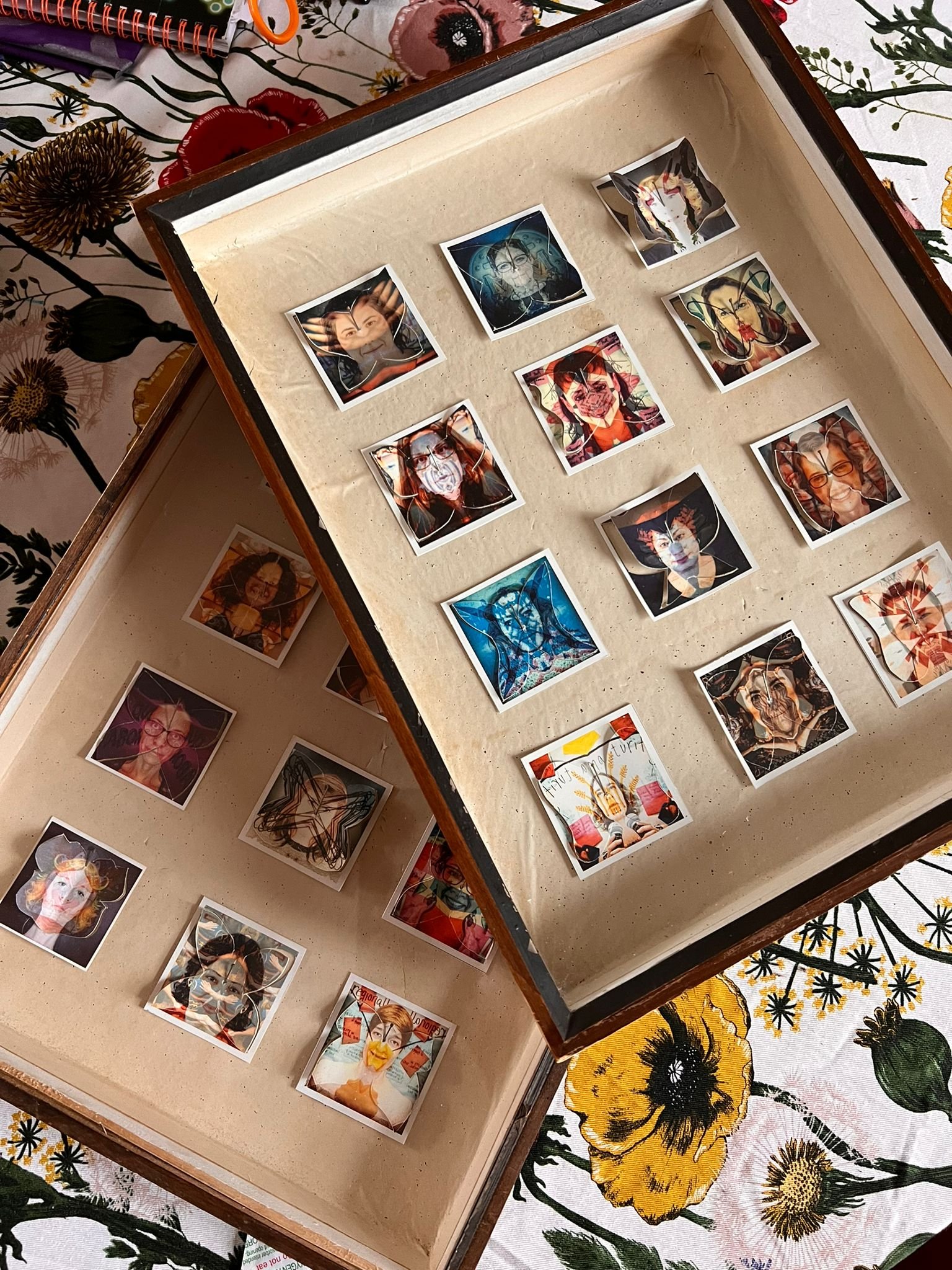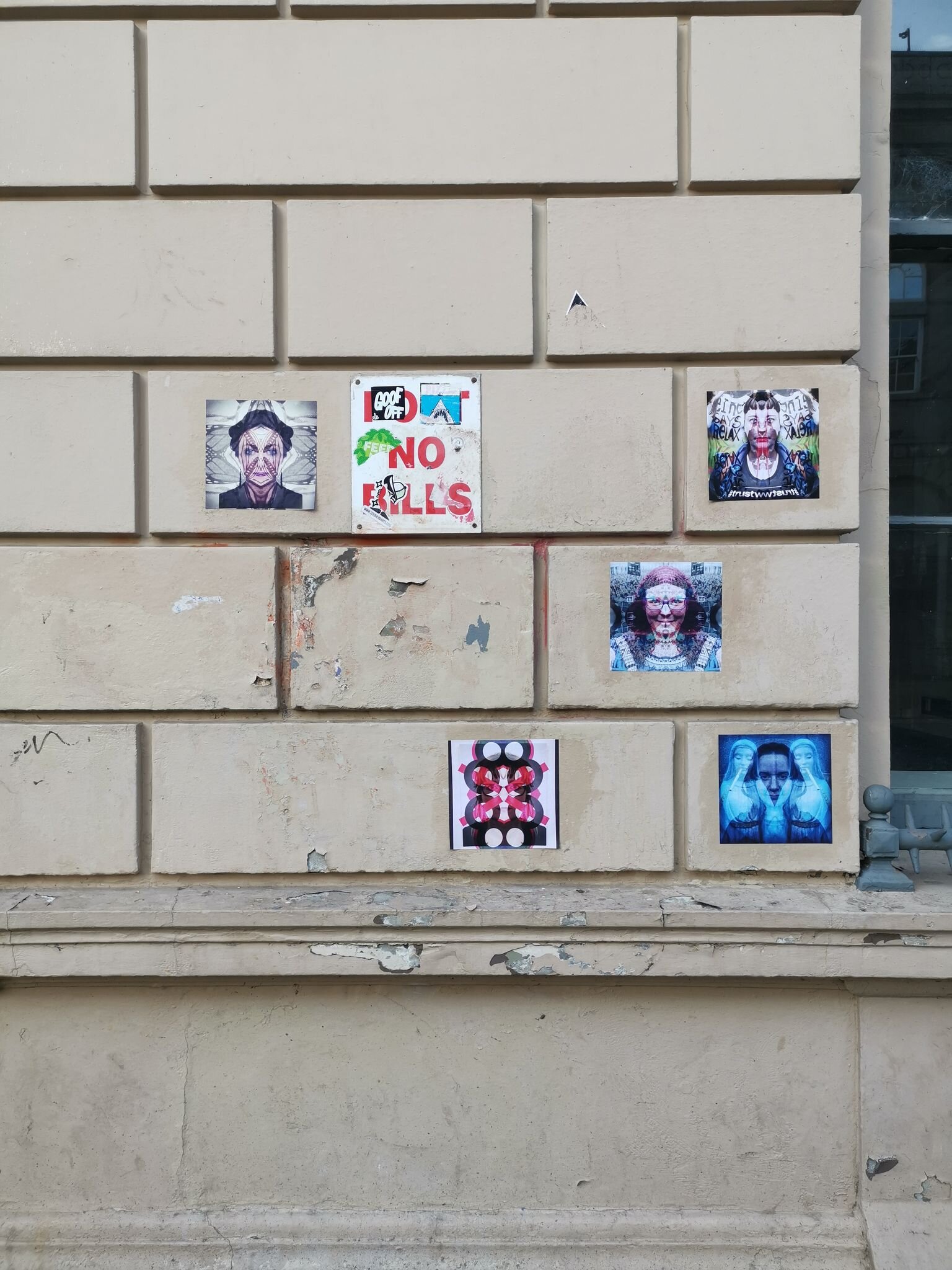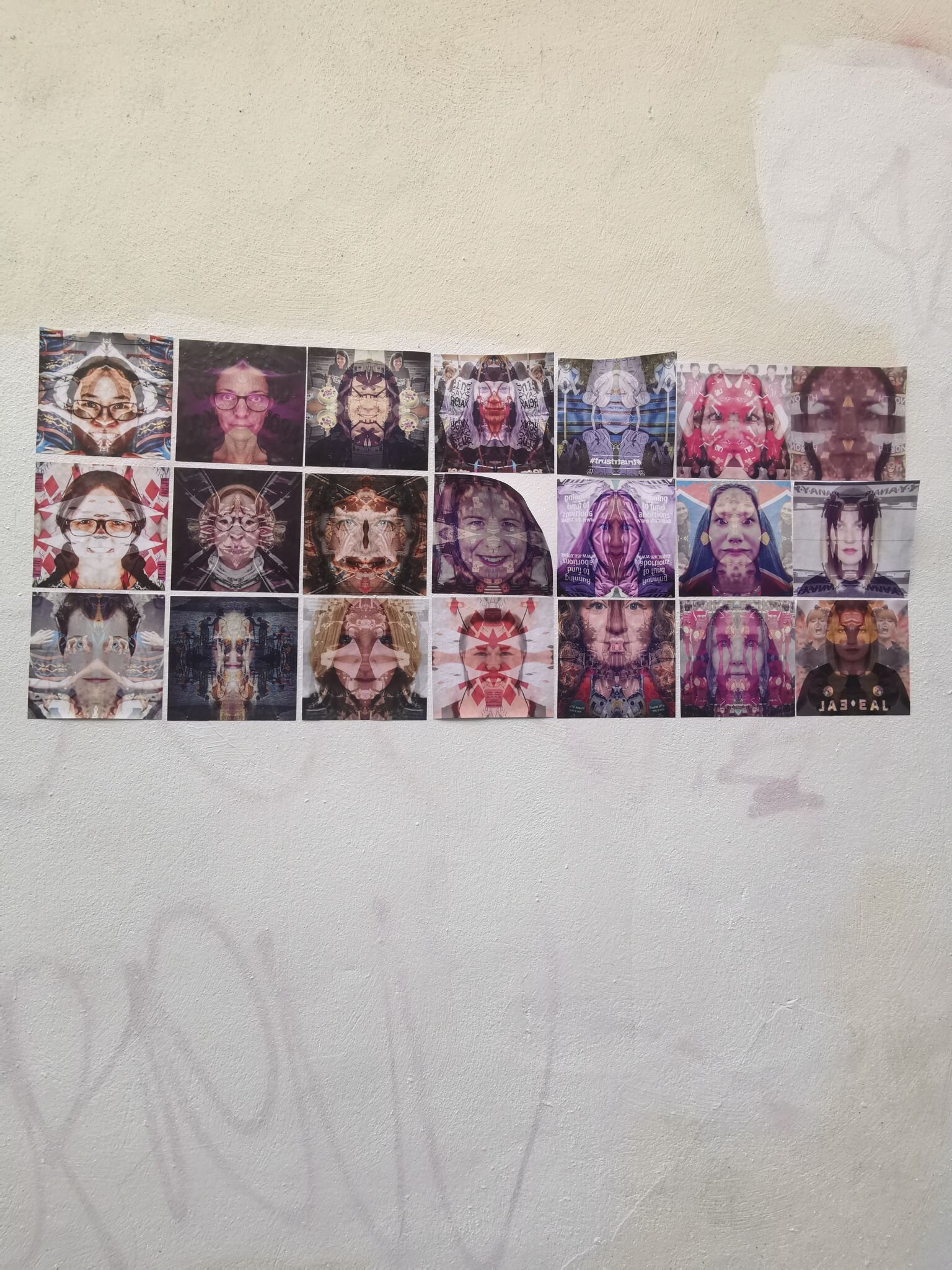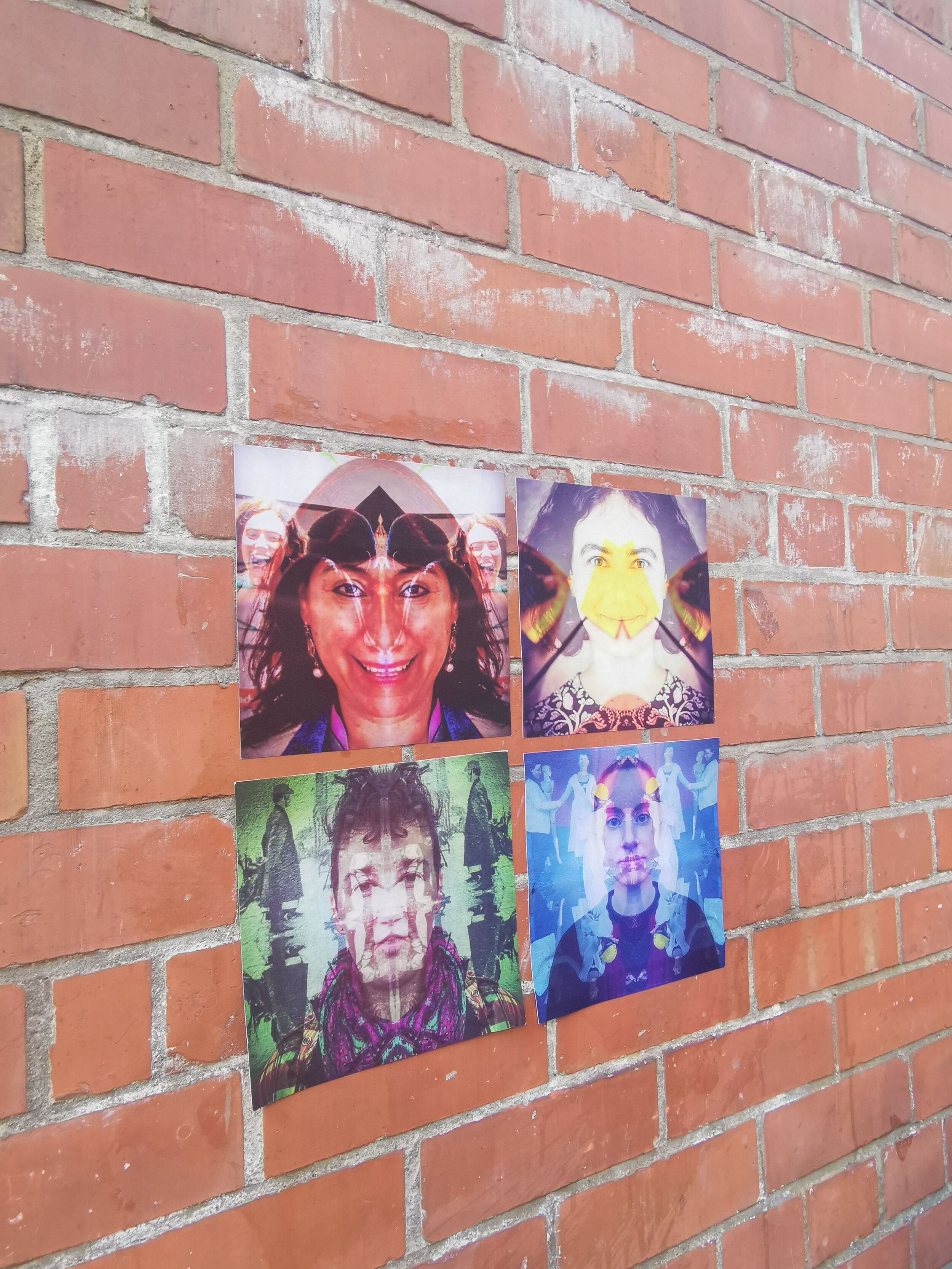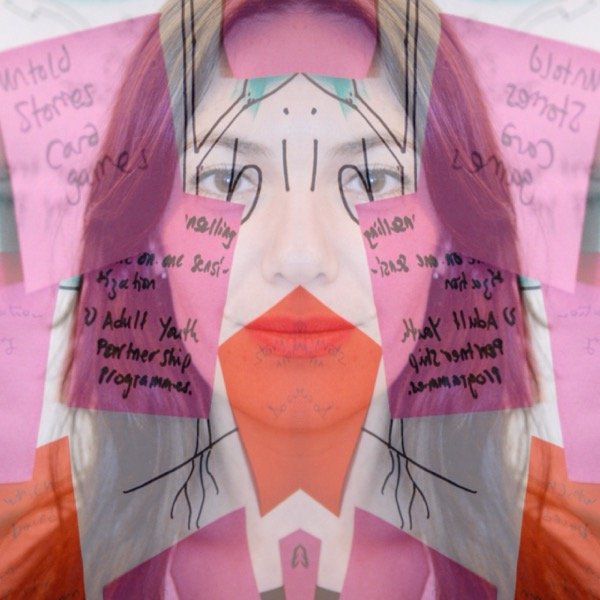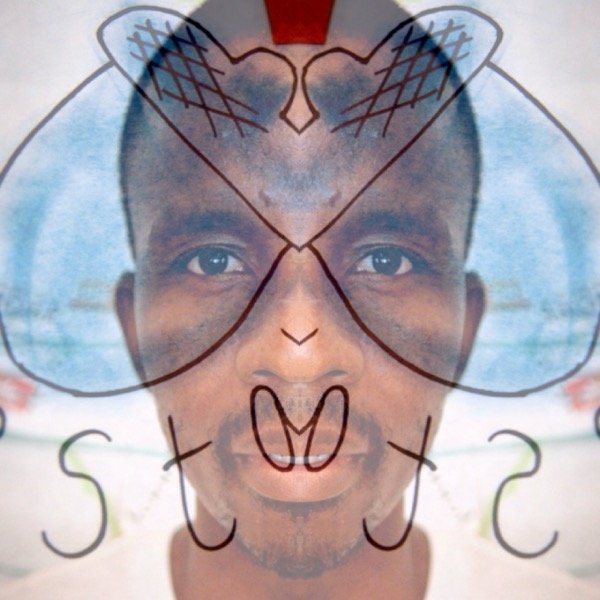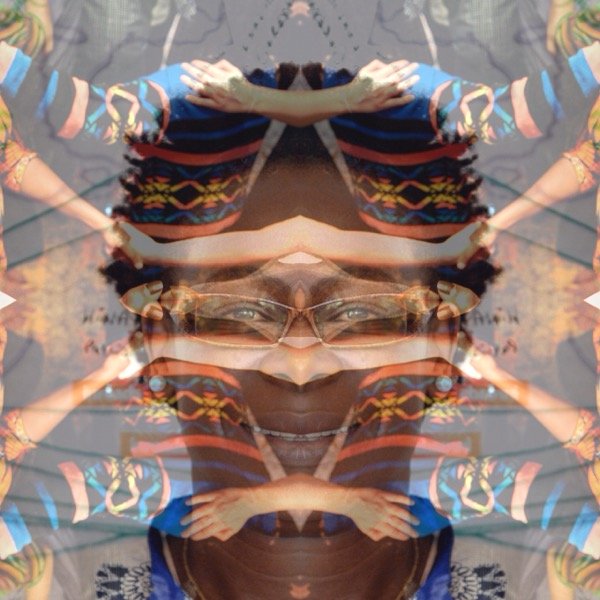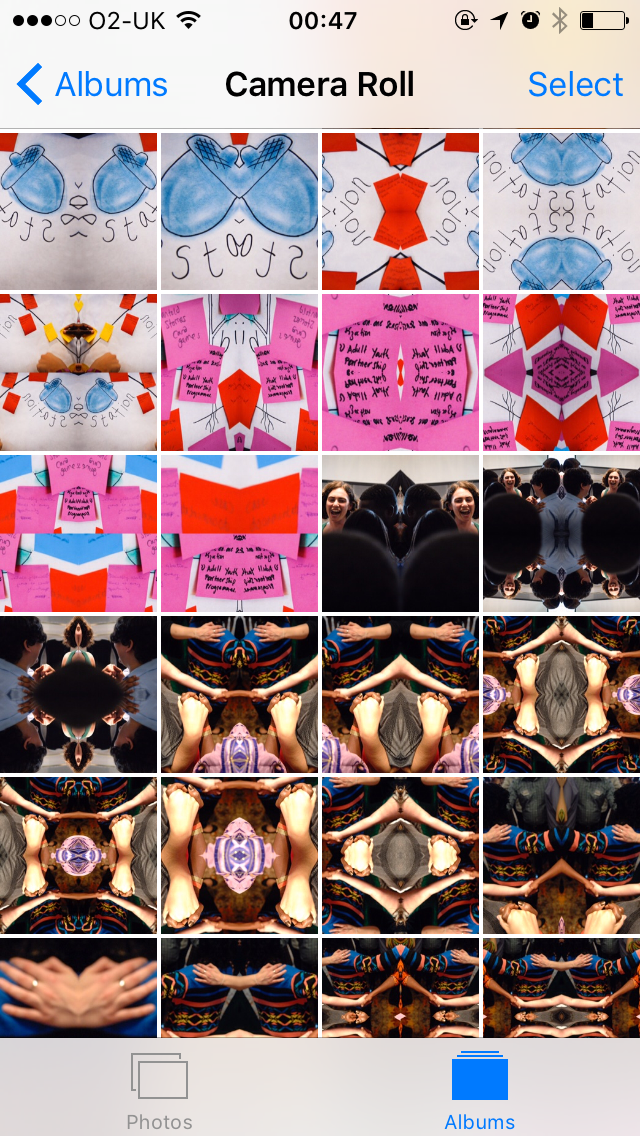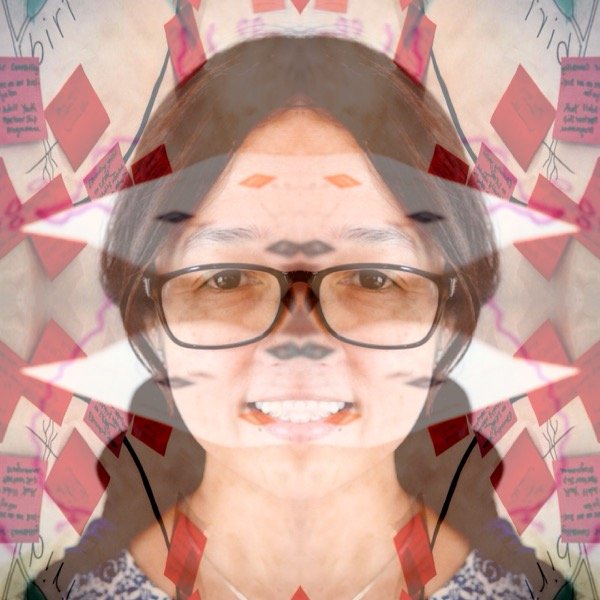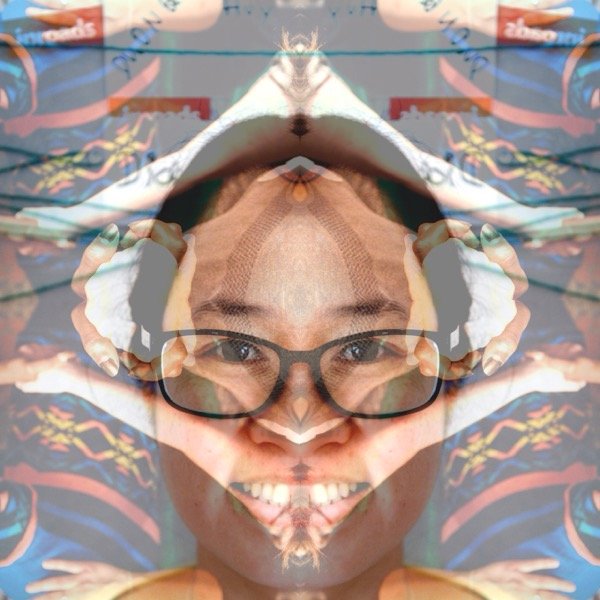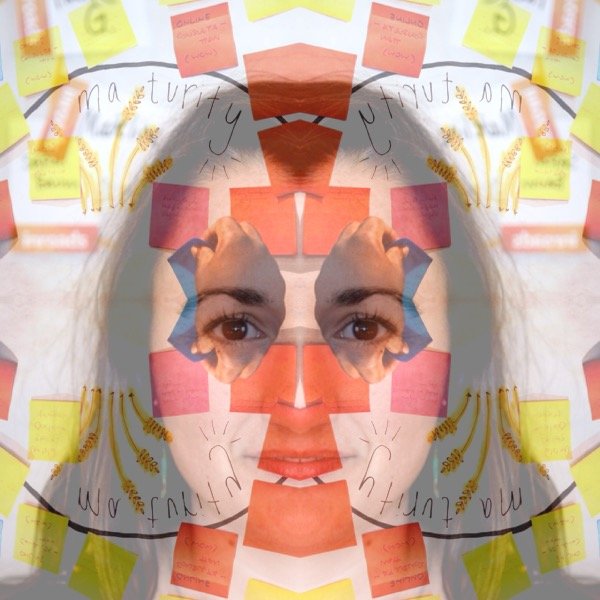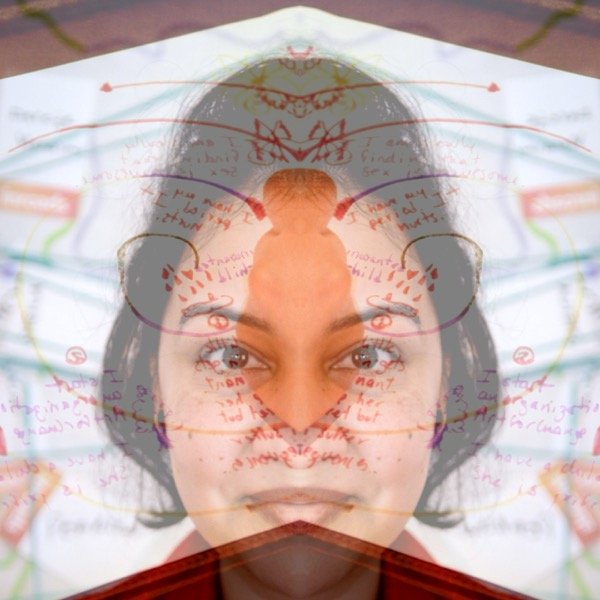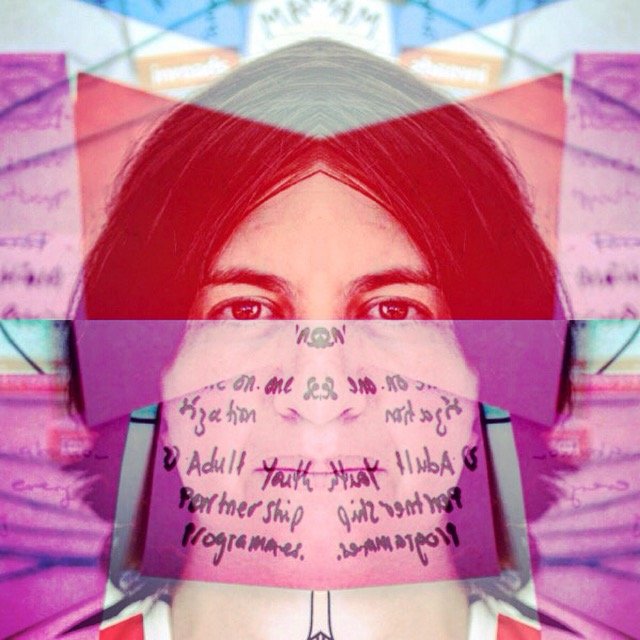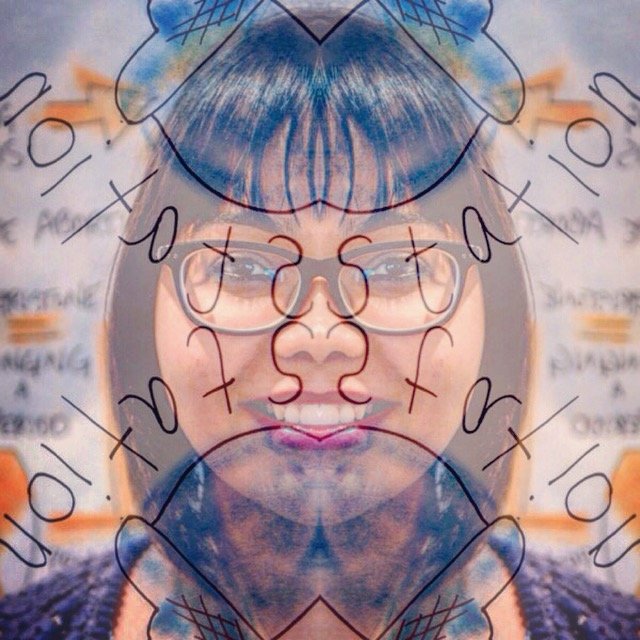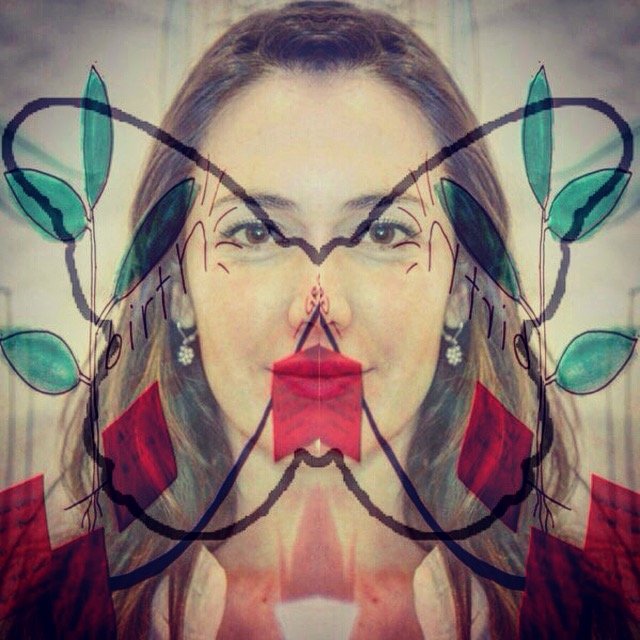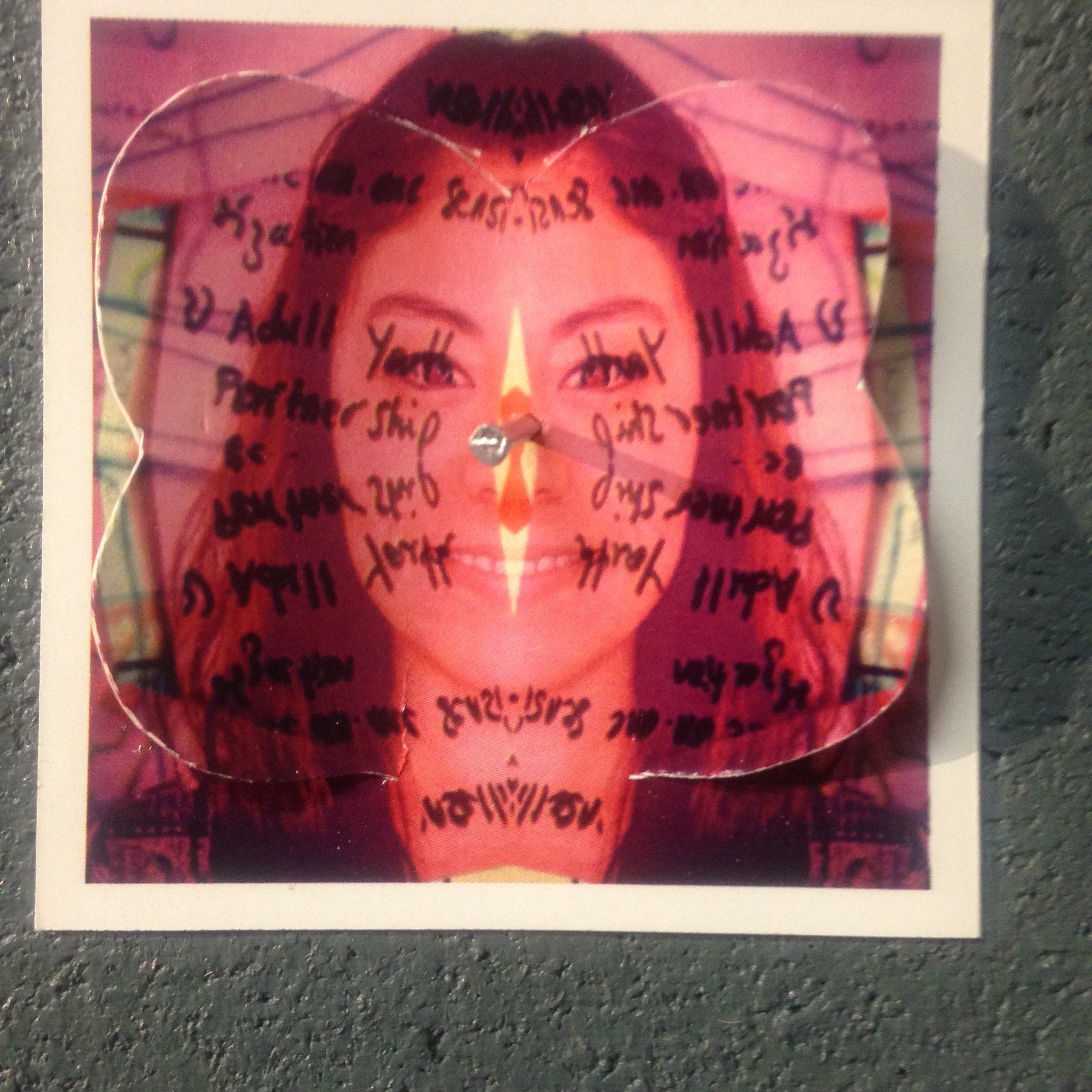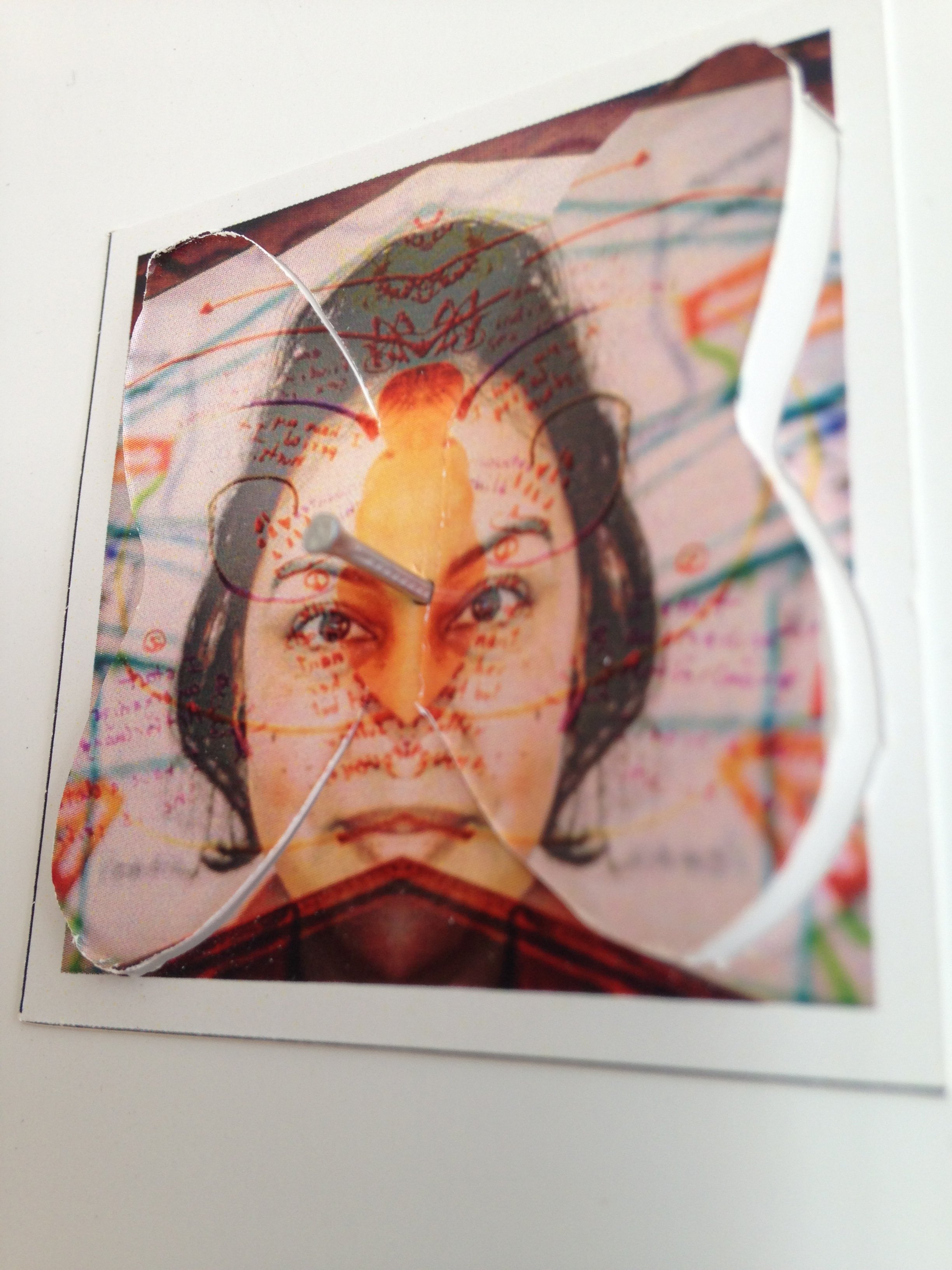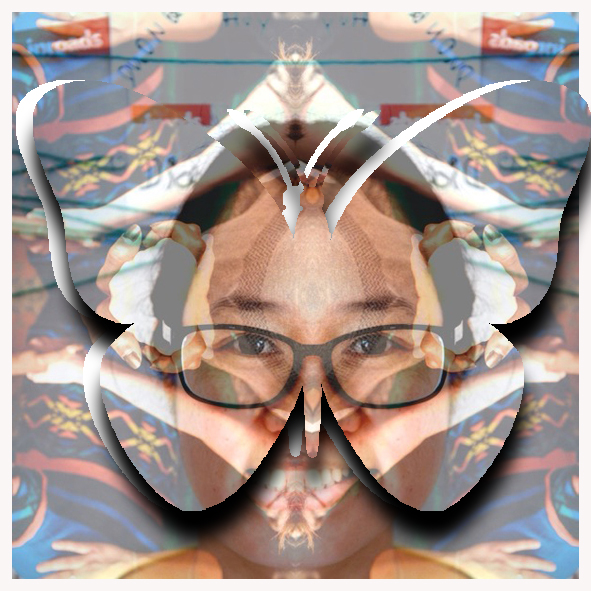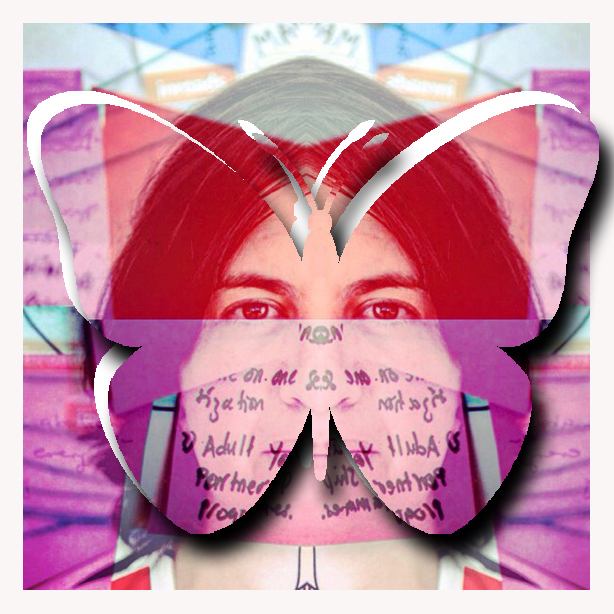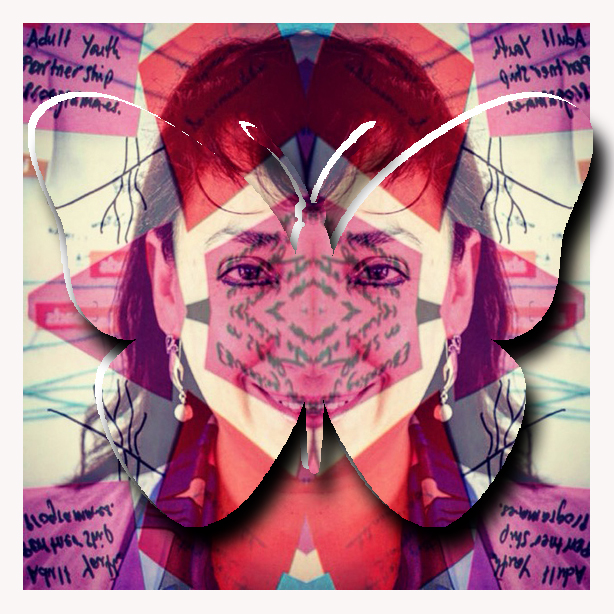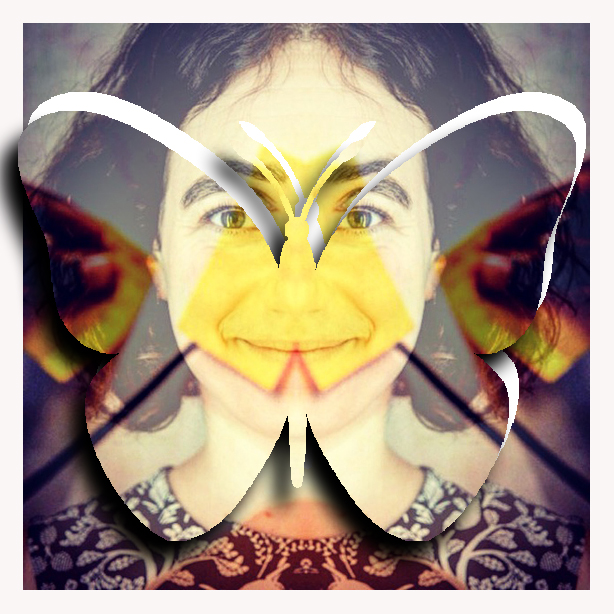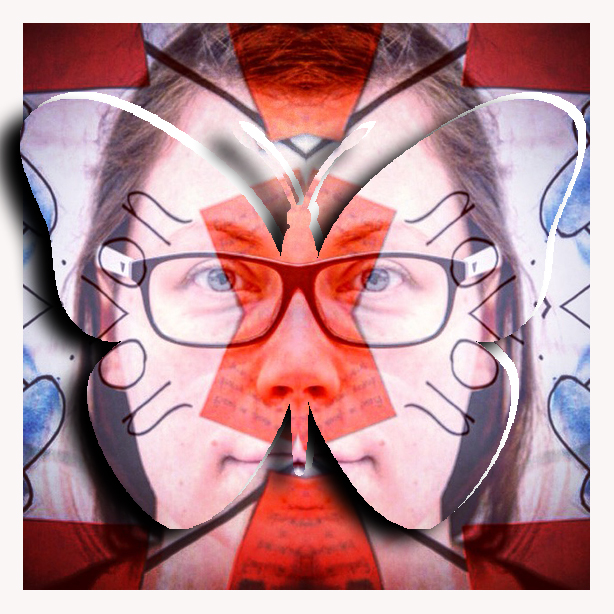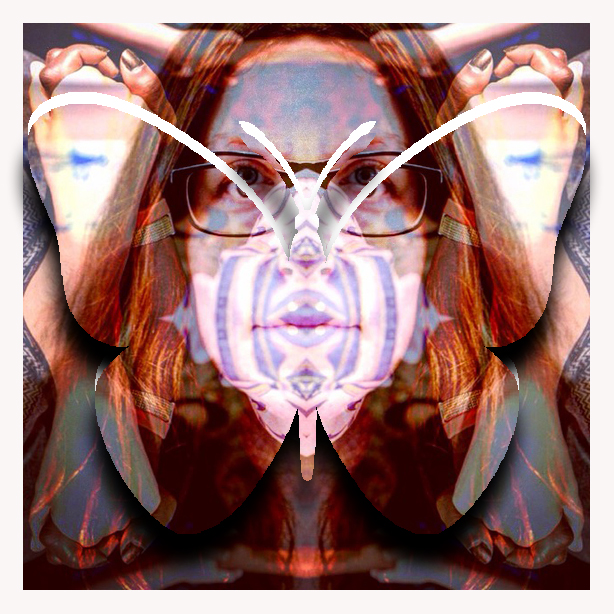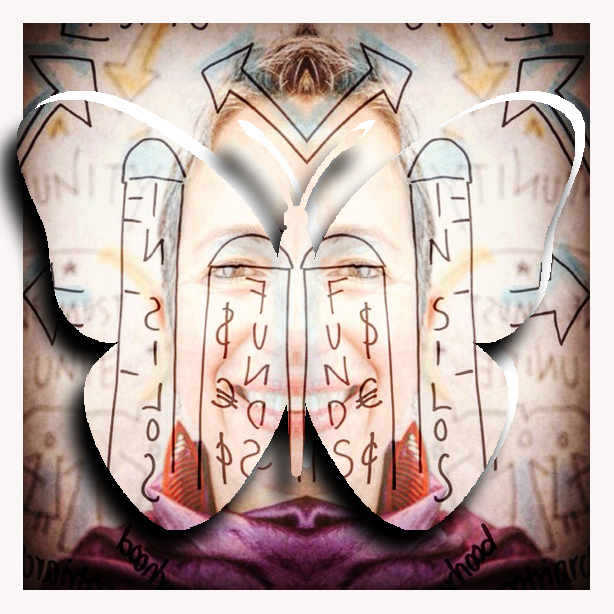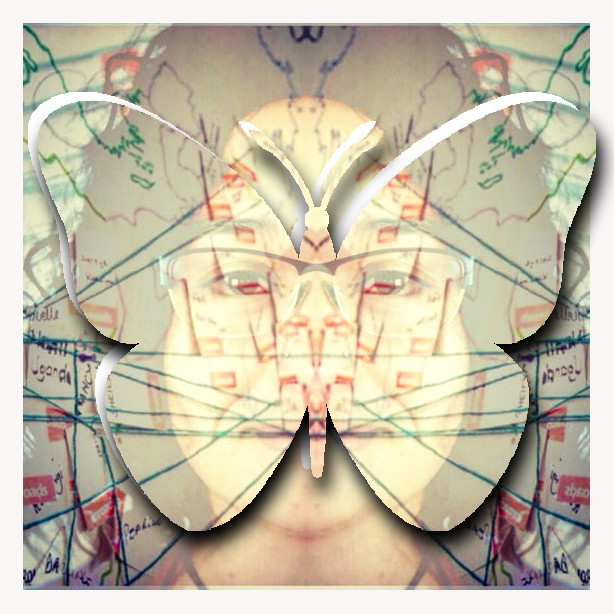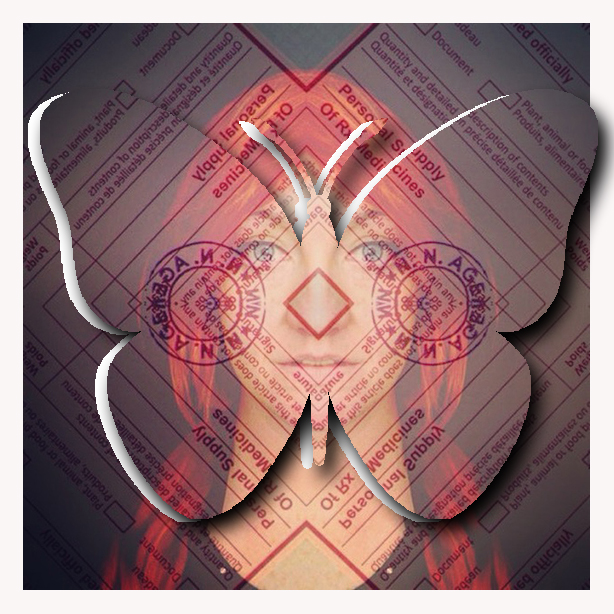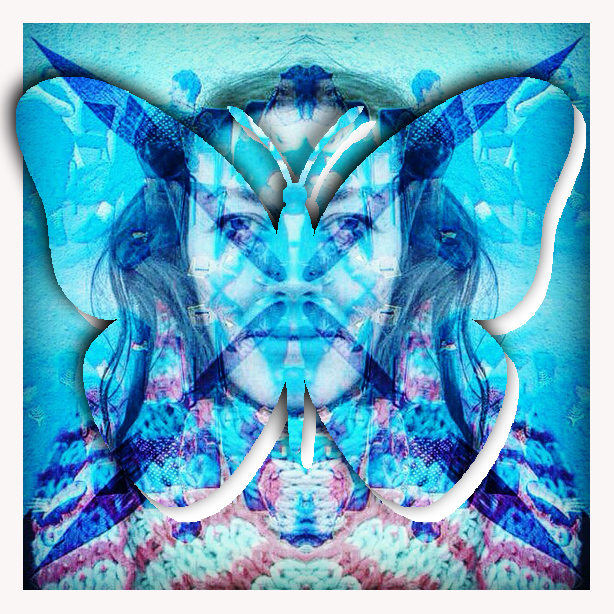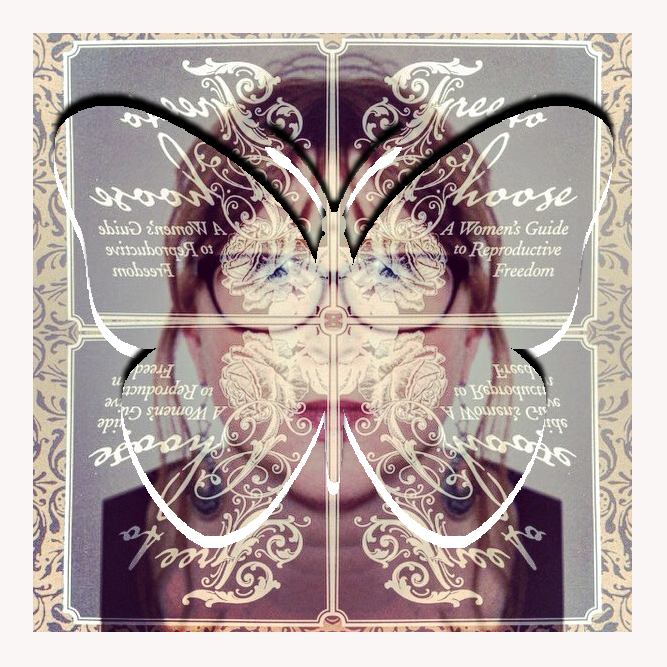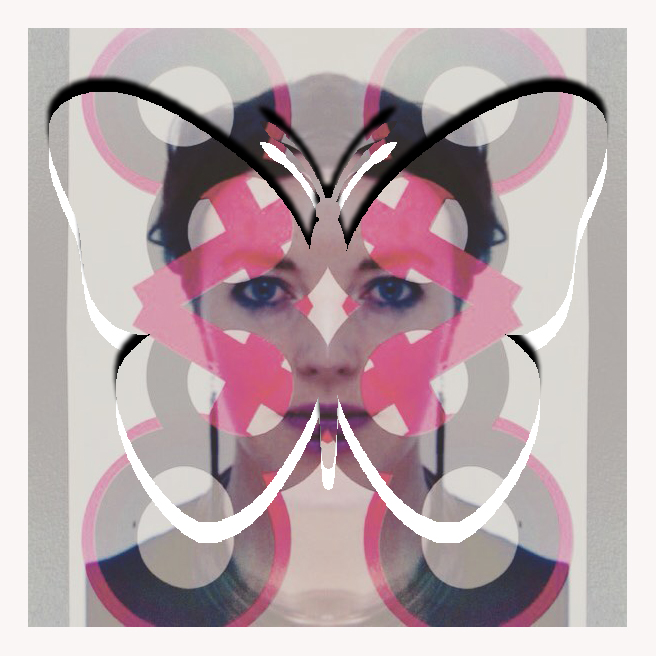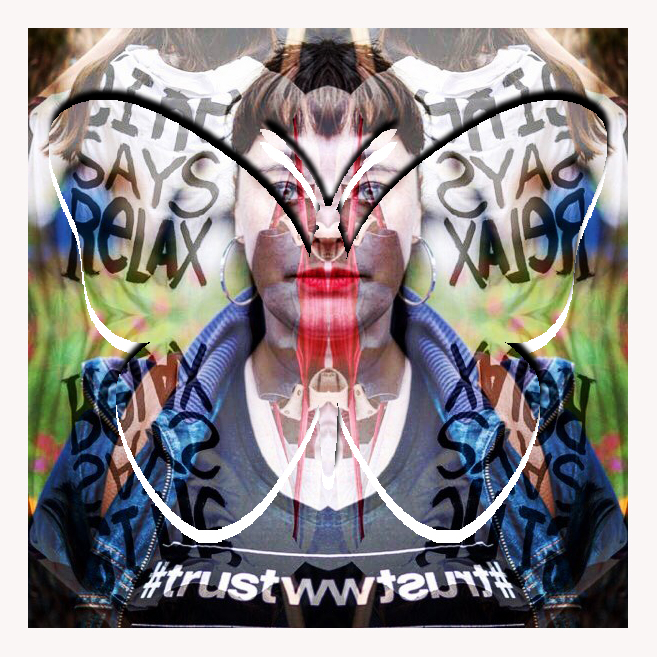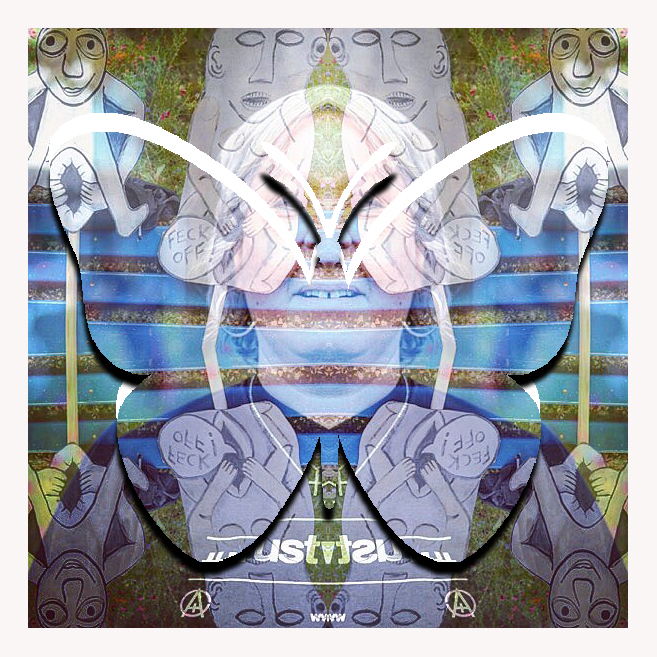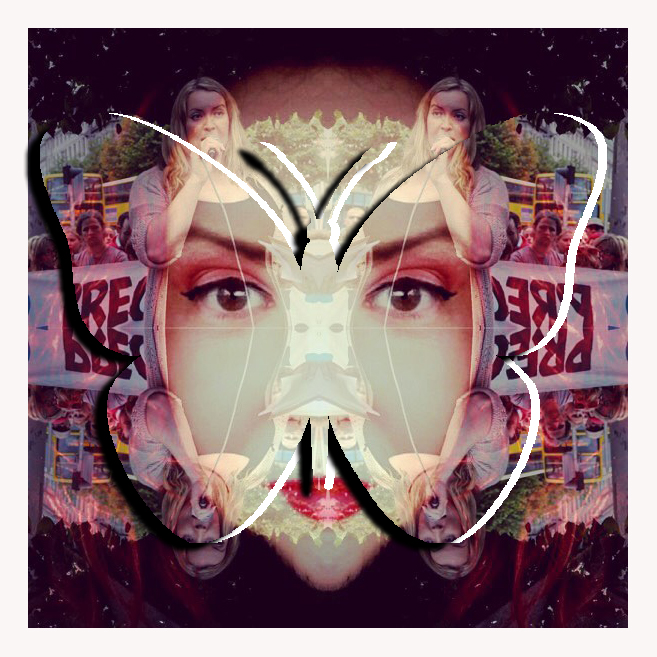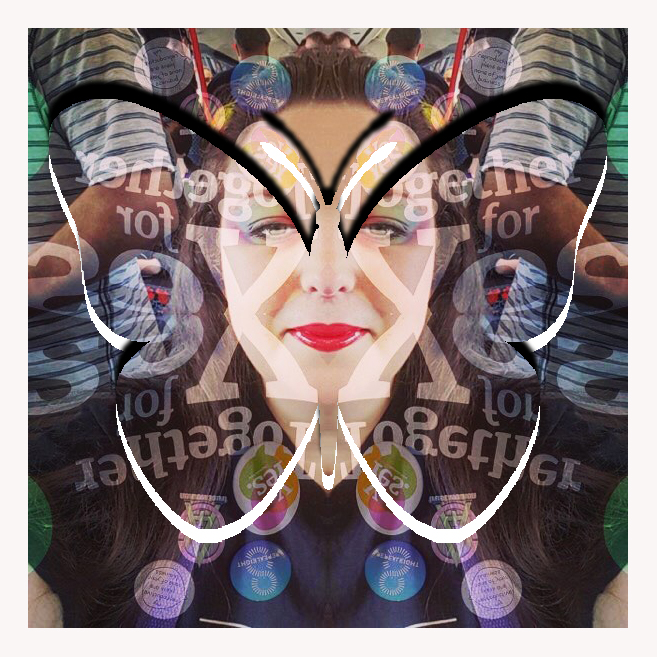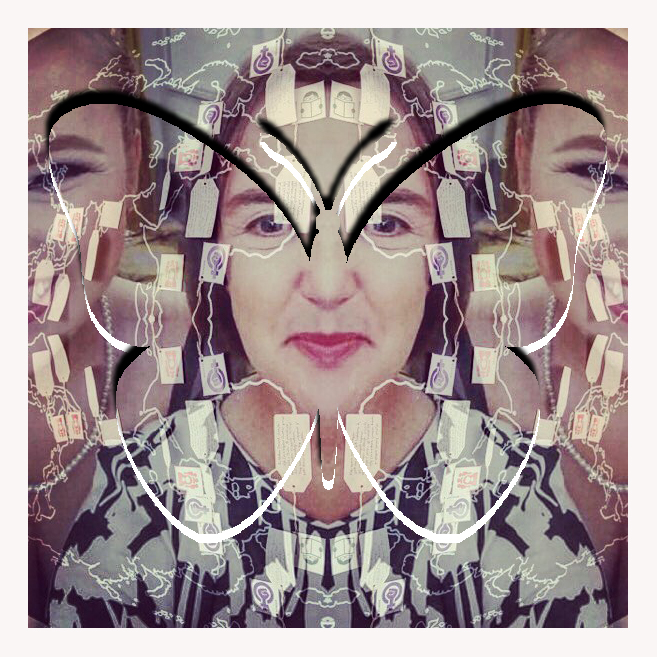
Practice
Bodies of Practice

When they put their hands out like scales
Work made during MFA in Photography at UU Belfast, 2012
Power, exercised as control, has blighted the reproductive rights of humans worldwide for centuries.
National ideals of motherhood and acceptable female behaviour are threaded through anti-choice arguments. To represent the ‘abortion journey’ experience, in effect it becomes the “fulcrum of a much broader ideological struggle in which the very meanings of family, the state, motherhood, and …women’s sexuality are contested”.[1]
The polemic surrounding abortion is bewildering. Ambiguity and conflict are played out in the passing landscapes and impersonal details of the journey to the clinic overseas, echoed by the political bluster and suffocating reality of the legal constrictions. Layers of glass and reflection acknowledge the obfuscatory and morally indignant language used by politicians and anti-choice campaigners.
The enforced exile across the sea to the former colonial bosom, shrouded in secrecy and shame, is still one of the few options for women in the island of Ireland.
All of these photographs were made sitting by windows during journeys to abortion clinics in Liverpool and London.
[1] Petchesky, Rosalind. Abortion and Women’s Choice: The State, Sexuality and Reproductive Freedom London: Verso1986 pp. 69
ASN Portraits
Made as part of the wider ‘When they put their hands out like scales’ project'
The Abortion Support Network provides financial assistance and accommodation to people travelling from the Republic of Ireland and Northern Ireland. They also provide confidential, non-judgmental information to anyone who contacts them via phone or email who is seeking information about travelling to England for an abortion.
The ASN volunteers range from students to medical staff to academics and take turns to answer the phone as a lifeline to those in desperate need in the island of Ireland.
Women on Waves (2014)
Made during the first half of PhD in Ulster University in collaboration with Women on Web.
“When they put their hands out like scales – Women on Waves”.
On 11 June 2001, Women on Waves (W.o.W.) set sail from the Netherlands for Ireland, a country with the most restrictive abortion law in Europe.
Five days later, over 300 women had called the ship's hotline. Women who had been raped, schoolgirls, mothers who could not pay for childcare or a journey to England, political refugees who did not have travel documents and many more. W.o.W. counselled women with unwanted pregnancies, did pregnancy tests, ultrasound scans to establish pregnancy dates and provided information about and distributed contraceptives.
Today Women on Waves also operates as Women on Web, distributing the abortion pill to women in countries like Ireland and Northern Ireland where abortion is still almost impossible to access legally.
After being given access to the W.o.W. archives in March of this year, I began to work with these images, wishing to acknowledge the colonial and religious factors preventing access to abortion. Thanks to post-1861 images from the National Library of Ireland and the British Library, I was able to combine all three.

When they put their hands out like scales: Film
Made as part of the MFA in Photography Ulster University
In the grounds surrounding Stormont, the seat of government in Northern Ireland, we hide in the cold and unwelcoming outside world, the obfuscatory language used by political representatives is parallelled with the dreary loneliness of the surrounding environment.
Eventually, as we move towards the docks, the sea becomes the abortion seeker’s only escape.

Furies
A Collaboration between Siobhán Clancy and Emma Campbell.
The breakthrough in the Republic of Ireland is promising and signifies a shift in attitudes towards an appreciation for full bodily autonomy. But the politiking around this removal of an oppressive constitutional clause that denied abortion access involved difficult compromises. During this time many activists working in solidarity for change on both sides of the border experienced a concentrated and prolonged spell of anger. They did a lot of different things with that anger. Almost none of them showed it at the time. So we asked them about it afterwards. Here you see the physical embodiment of some of their responses.
We know that anger is complicated and unique to every person. We also know that you can read a dictionary. So rather than attempting to introduce our theme with some empirical definition, we invite you to enter into the subjective, visceral interpretation of recent rage from the bellies of revolutionaries.
https://issuu.com/emmacampbell/docs/furies















